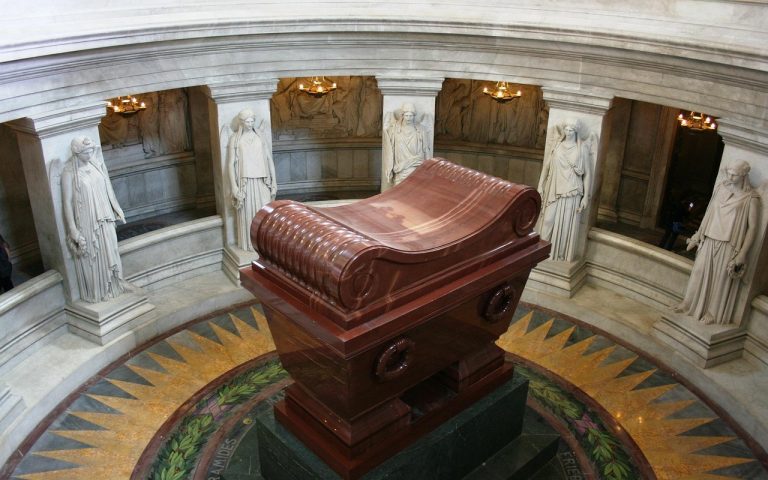Debunking Myths: The Medieval Flat Earth Belief and Its Impact on Modern Science
The notion that medieval people believed in a flat Earth is one of the most enduring myths in the history of science. This misconception, perpetuated through various channels, paints a picture of a time when ignorance prevailed, and science was in the dark. However, as we delve deeper into this topic, it becomes clear that the reality was quite different. In this comprehensive exploration of debunking myths, particularly the medieval flat earth belief, we will shed light on the actual scientific mindset of the Middle Ages and its profound impact on modern science.
Introduction
There’s a common misconception that during the medieval period, spanning roughly from the 5th to the late 15th century, the educated and even the common folk believed the Earth was flat. This image has been popularized by numerous works of fiction and misconstrued historical interpretations. The truth, however, is significantly more complex and fascinating.
Historians and scholars from the medieval period had largely inherited the understanding of a spherical Earth from ancient Greek philosophers like Plato and Aristotle. Through the translation and preservation of ancient texts, medieval scholars such as Thomas Aquinas and Dante Alighieri referenced the Earth’s roundness in their works, indicating that this was, at least among the educated, a well-known fact.
Debunking the Myth
The flat Earth myth can be largely attributed to the post-medieval historiography and the rise of anti-religious sentiments that painted the medieval Church as opposed to scientific progress. Subsequent repetitions of this flawed narrative have kept the myth alive, influencing both popular and educational content. The myth was popularized in the 19th century by writers such as Washington Irving and John William Draper, who used it as a tool to critique the Catholic Church’s approach to science during earlier centuries.
The Actual Medieval Perspective on the Shape of the Earth
Contrary to the flat Earth myth, most medieval scholars accepted that the Earth was spherical. The Venerable Bede, a prominent Anglo-Saxon scholar, wrote explicitly about the Earth’s roundness in the 8th century, and this knowledge was not controversial. His works and others’ were widely read and accepted amongst the educated classes throughout the Middle Ages.
Scientific Understanding and Education
In medieval universities, the curriculum often included studies on astronomy and physics that acknowledged the Earth’s sphericity. This education wasn’t just confined to theoretical knowledge. It included understanding the Earth’s circumference, a concept crucial for geographical and navigational advancements that paved the way for the Age of Discovery. The persistent belief in a spherical Earth facilitated explorations like those of Christopher Columbus, who, contrary to popular belief, sought to prove not the shape of the Earth but rather a quicker route to Asia.
Impact of Medieval Science on Modern Science
Debunking myths about the medieval flat Earth belief isn’t merely an academic exercise; it’s crucial for understanding the true lineage of scientific progress. The medieval period was a time of substantial intellectual activity that laid down many foundational concepts that are often attributed incorrectly to later periods. The developments in methodologies, preservation of classical texts, and innovative ideas from the Middle Ages significantly shaped the Renaissance, which in many ways, just continued and built upon medieval knowledge.
Modern Implications
Understanding the medieval acceptance of a spherical Earth is more than correcting an historical inaccuracy; it serves as a reminder of the importance of checking our sources and biases. Misinterpretations can lead to widespread misconceptions, affecting our perception of history and science. By examining the true historical perspectives, we can foster a more accurate and appreciative view of the intellectual past and its impact on modern scientific achievements.
FAQs
Did anyone in the Middle Ages actually believe the Earth was flat?
While there may have been some individuals who believed in a flat Earth, it was not a commonly held belief among educated people or scholars of the period. Most medieval scholars adhered to the Aristotelian viewpoint of a spherical Earth.
How did this myth originate?
The misconception largely originated from post-medieval historical revisions and was popularized by 19th-century authors and historians who sometimes portrayed the medieval Church as antagonistic toward scientific knowledge.
Why is it important to debunk this myth?
Debunking this myth helps to acknowledge the true extent of medieval scholarship and its role in laying the groundwork for modern scientific advancements. It corrects the narrative that the Middle Ages were a ‘dark’ period intellectually, highlighting instead a period of considerable learning and preservation of knowledge.
What role did the Church play in medieval science?
Far from being universally antagonistic to science, many medieval clerics were scholars who made significant contributions to scientific knowledge. The Church played a complex role, at times supporting scientific endeavors through its educational institutions while also engaging in debates over certain theological implications of scientific findings.
Conclusion
As we wrap up our journey through the centuries in debunking myths: the medieval flat Earth belief and its impact on modern science, it becomes evident that the Middle Ages were not a period of intellectual darkness, but rather a beacon that significantly contributed to the illumination of modern science. By revisiting and correcting our understanding of the past, we can foster a richer appreciation for the history of human knowledge and ensure that we recognize the contributions of those who came before us. This journey not only corrects a historical error but also celebrates the continuous human quest for knowledge and understanding of our world.


